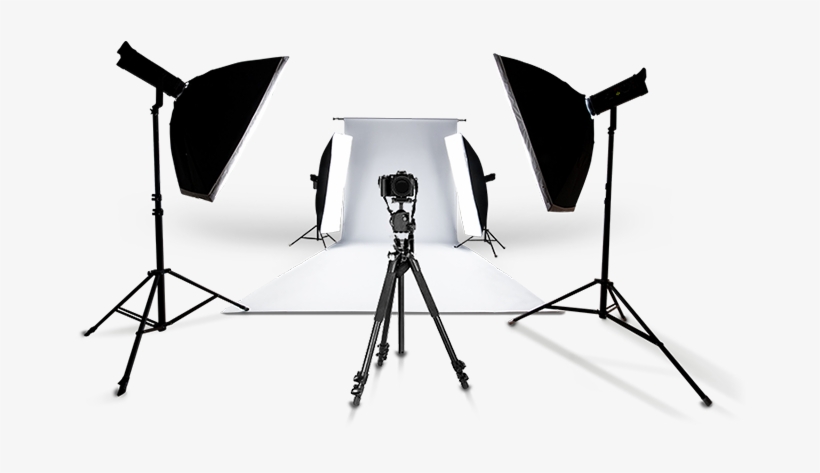
About This Service
Rs. 500000/- to 200000/-
Photography shoots are creative processes where lighting, composition, and camera settings are key to capturing the perfect shot. A successful shoot involves clear communication, preparation, and a shared understanding of the desired outcome.
Types of Photography Shoots:
Portrait Photography: A portrait shoot focuses on capturing an individual's or a group’s likeness, personality, and mood. These can be done in a studio or on location and might involve posed shots or candid moments. Portraits are often used for personal use (family photos, professional headshots) or for promotional purposes (actors, models, business profiles).
Event Photography: Event shoots are designed to document significant events such as weddings, parties, corporate events, concerts, or festivals. The photographer’s role is to capture key moments, emotions, and details that tell the story of the event. These sessions often require the ability to work quickly, anticipate moments, and adapt to changing conditions.
Product Photography: Product shoots are aimed at showcasing products in the best possible light for advertising, e-commerce, or catalogs. These shoots may take place in a studio with controlled lighting, and the photographer focuses on highlighting the features, textures, and details of the product.
Fashion Photography: Fashion shoots involve capturing clothing, accessories, or fashion items worn by models. These shoots are often creative and artistic, taking place in both studio and on-location settings, with emphasis on style, design, and presentation.
Commercial Photography: Commercial shoots are used to promote brands, businesses, or products through advertising. These images are typically designed for marketing materials such as websites, brochures, billboards, and social media. Commercial photographers often work with marketing teams, graphic designers, and art directors to achieve the desired visual message.
Nature and Landscape Photography: These shoots focus on capturing the beauty of natural settings, such as mountains, forests, oceans, and wildlife. Landscape photographers often work outdoors, using natural light and carefully planned compositions to create stunning visuals that evoke emotion and a connection with nature.
Fine Art Photography: Fine art photography involves creating images with a high level of artistic expression. These shoots often explore abstract concepts, emotions, or narratives. The final images are intended to be viewed as art and can be displayed in galleries or sold as limited editions.
Planning & Preparation:
Concept & Vision: Before the shoot, the photographer, client, or subject will typically define the concept, mood, and desired outcome of the session. This could include discussing the style of the shoot (e.g., classic, candid, editorial), location, and wardrobe. Storyboards or mood boards are sometimes used to visually convey ideas.
Location & Setting: The location of the shoot is one of the most important decisions. Whether it’s a studio, outdoor setting, or on-location venue, the space should align with the shoot's concept. For example, an outdoor wedding shoot will require a scenic venue, while a product shoot might take place in a studio with controlled lighting.
Wardrobe & Props: For portrait or fashion shoots, wardrobe selections and props are carefully considered to enhance the aesthetic of the images. This might involve collaborating with stylists or makeup artists to ensure that the clothing, makeup, and accessories fit the shoot's theme.
Lighting: Lighting plays a crucial role in photography. A photographer may use natural light, artificial lighting, or a combination of both to create the desired mood and highlights. For studio shoots, the photographer will typically use softboxes, reflectors, or backdrops to control the light. For outdoor or event shoots, natural light or portable flashes may be used.
During the Shoot:
Posing & Direction: The photographer will often guide the subjects on how to pose or move, depending on the type of shoot. In portrait photography, this might involve directing the model’s posture, facial expression, and gaze to achieve the desired effect. For candid event photography, the photographer will focus on capturing spontaneous moments as they unfold.
Composition & Framing: Photographers pay close attention to the composition of each shot, ensuring that the elements within the frame are balanced and visually appealing. This includes considering the rule of thirds, leading lines, background elements, and depth of field.
Capturing Multiple Shots: To ensure the best possible result, photographers often take multiple shots of the same scene with varying angles, lighting adjustments, and camera settings. This gives them more options to work with when selecting the final images.
Post-Shooting Process:
Photo Selection: After the shoot, the photographer reviews all the images taken and selects the best shots. This often involves sorting through numerous photos and choosing those that best reflect the shoot's concept and meet the client’s expectations.
Editing & Retouching: Once the best images are selected, they undergo post-processing to enhance color, contrast, sharpness, and other elements. In portrait or fashion photography, this may include skin smoothing, blemish removal, and adjusting lighting effects. Editing can be a crucial part of the process to ensure the images look polished and professional.
Delivery: After editing, the final images are delivered to the client or subject. This could be through an online gallery, direct download, or physical prints. The client may also receive a photo album, a digital portfolio, or images ready for use in marketing materials or publications.
Equipment Used in Photography Shoots:
Cameras: Professional digital single-lens reflex (DSLR) or mirrorless cameras are commonly used for high-quality photography shoots. These cameras offer excellent control over settings such as aperture, shutter speed, and ISO.
Lenses: The type of lens used can significantly affect the style of the shoot. Wide-angle lenses are ideal for landscape photography, while portrait lenses (such as 50mm or 85mm) are used for close-up shots with a shallow depth of field.
Lighting Equipment: Photographers often use studio lighting setups, which may include key lights, fill lights, and background lights. Reflectors, diffusers, and softboxes are commonly used to manipulate the light for the desired effect.
Tripods & Stabilizers: Tripods and stabilizers are used to keep the camera steady during long exposures or video shoots, ensuring clear and sharp images.